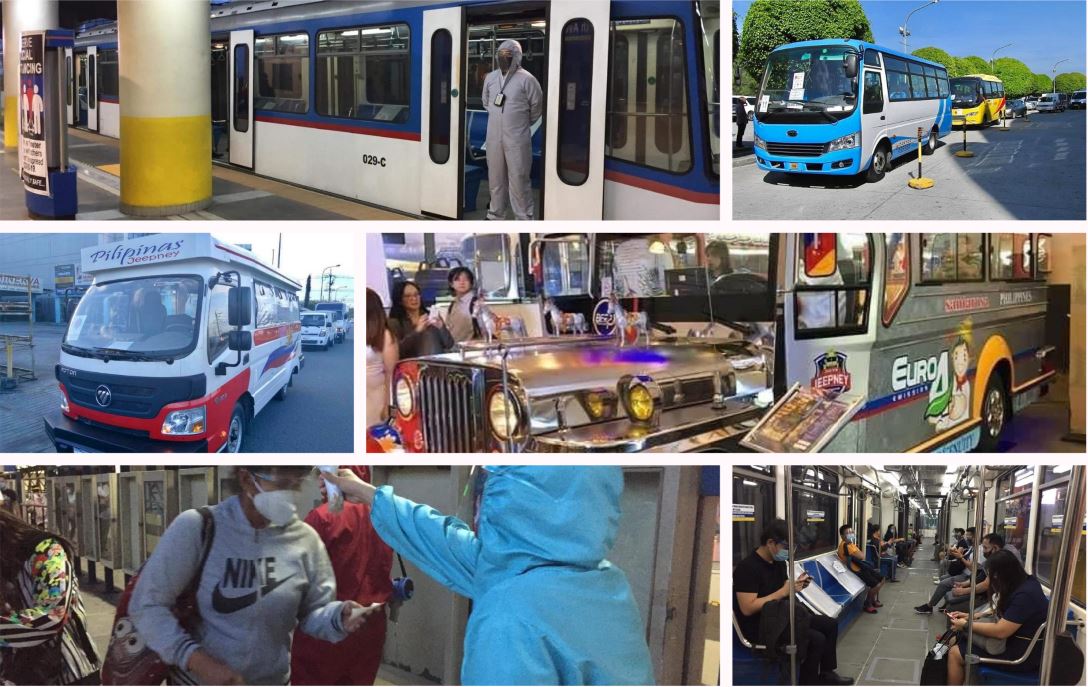Transit Advertising Philippines: Get To Hundreds Of Travelers Daily
Transit Advertising Philippines: Get To Hundreds Of Travelers Daily
Blog Article
A Thorough Assessment of the Strategies and Methods for Effective Transportation Advertising Campaigns
Transit advertising and marketing projects use an unique opportunity for brands to engage with diverse target markets in vibrant atmospheres. To attain success, it is necessary to comprehend the nuances of target demographics, apply ingenious design techniques, and choose optimum placement areas. In addition, the effectiveness of these projects can be considerably boosted by carefully checking efficiency metrics and adapting methods accordingly. As we explore these critical elements, it ends up being clear that the course to an impactful transportation marketing approach is both satisfying and elaborate, raising the question of just how ideal to navigate these intricacies for optimal brand presence.
Understanding Target Demographics
Understanding target demographics is critical for the success of transit marketing campaign (Transit Advertising Philippines). Identifying details target market segments enables advertisers to customize their messages efficiently, ensuring that the material reverberates with the intended customers. This strategy improves engagement and maximizes return on investment
To effectively evaluate target demographics, marketers have to take into consideration several essential aspects, consisting of age, revenue way of life, level, and profession preferences. For instance, a project focused on young experts might focus on convenience and modernity, while one targeting households could highlight safety and integrity. Moreover, geographical variables such as country versus metropolitan setups can significantly influence customer behavior and choices.
Data collection approaches such as surveys, emphasis groups, and social media analytics give important understandings into demographic patterns and consumer practices. By leveraging this info, marketers can craft compelling stories that straighten with the values and demands of their target audience.
Ultimately, understanding target demographics not only educates the critical direction of transportation ad campaign but also ensures that resources are assigned effectively. This targeted method enhances the likelihood of attaining campaign purposes, promoting brand loyalty, and driving conversions.
Innovative Design Strategies
Efficient communication with target demographics depends heavily on innovative imaginative design techniques en route advertising campaigns. To successfully record attention in a crowded visual environment, designers must focus on clarity and visual effect. Using high-contrast aspects and strong shades can improve visibility, guaranteeing that messages are conveniently readable from a distance.
Including vibrant imagery that resonates with the target audience is essential. Visual storytelling methods can stimulate emotions and produce memorable associations with the brand. Moreover, tactical use typography aids communicate necessary info swiftly; clear font styles and proper sizes even more improve readability.
Incorporating interactive elements, such as QR codes or augmented truth functions, can involve commuters beyond easy observation (Transit Advertising Philippines). These techniques not just advertise user interaction but additionally connect the space between standard advertising and marketing and electronic involvement
Additionally, making use of room artistically-- whether on bus covers, transit shelters, or train advertisements-- can cause innovative layouts that damage the mold of standard advertising. By welcoming imaginative creativity while maintaining brand uniformity, campaigns can cultivate a solid connection with their audience, inevitably driving both understanding and activity. The assimilation of these layout methods is paramount for accomplishing effective transit advertising and marketing results.
Strategic Positioning Approaches
Optimizing the impact of transit advertising and marketing depends upon strategic positioning techniques that ensure optimum exposure and involvement. Effective see this site positioning includes evaluating high-traffic areas and home understanding guest demographics to determine one of the most useful areas for ad display screens. For instance, placing advertisements near entrances and departures of transit vehicles can record the attention of boarding and touching down guests, therefore boosting direct exposure.
Furthermore, using both exterior and interior surface areas of transportation vehicles can considerably expand reach. Outside ads, noticeable throughout commutes, involve pedestrians and other drivers, while indoor ads target passengers in a captive atmosphere. Additionally, placing advertisements en route hubs, such as bus terminals or train stations, enables for enhanced perceptions as travelers shift between various settings of transportation.
Timing is likewise crucial; straightening the project launch with peak travel durations maximizes audience involvement - Transit Advertising Philippines. Moreover, leveraging digital displays in transportation atmospheres can help with vibrant content, providing real-time updates and boosting individual interaction. By utilizing these strategic positioning methods, marketing professionals can guarantee that their transit ad campaign attain maximum exposure, reverberate with the target market, and eventually drive desired outcomes

Measuring Project Efficiency
To examine the success of transportation marketing campaign, it is necessary to utilize a range of measurement techniques that provide insights right into target market interaction and total performance. One main method is the use of key efficiency signs (KPIs), such as reach, perceptions, and engagement prices, which evaluate just how several people viewed the advertisement and engaged with it.
Studies and emphasis groups can additionally be instrumental in assessing customer perceptions and recall, allowing online marketers to recognize the influence of their messaging. Furthermore, tracking website traffic and social networks interaction throughout and after the project aids determine straight responses to the advertising.
An additional reliable technique is utilizing location-based analytics, which can give data walking web traffic around particular transit areas, providing understandings into whether the campaign efficiently captured the focus of commuters. Moreover, examining sales data can expose correlations in between transportation advertising and increased profits, providing concrete proof of a check out here campaign's efficiency.
Study of Success
Comprehending the effectiveness of transportation marketing campaigns via measurement techniques lays the foundation for taking a look at real-world examples that highlight successful outcomes. By utilizing geo-targeted digital advertisements and analytics, the brand measured a 30% boost in sales in areas where the covers were prominently displayed, showing the straight influence of transit marketing.
One more engaging instance comes from a regional not-for-profit organization that launched a campaign on metro systems to advertise an area event. The use of direct interaction via modern technology magnified the project's reach and efficiency.

Conclusion
In summary, successful transit marketing campaign demand an extensive approach that incorporates an understanding of target demographics, cutting-edge style techniques, and strategic positioning. By focusing on psychological involvement through vibrant visuals and optimizing visibility during height traveling times, brand names can substantially boost their effect. Moreover, ongoing measurement of project effectiveness with vital performance signs and consumer comments ensures constant renovation. Collectively, these approaches foster brand name visibility and optimize the roi in transportation advertising efforts.
Recognizing target demographics is vital for the success of transportation marketing campaigns.Effective communication with target demographics depends heavily on innovative imaginative layout methods in transit advertising and marketing projects. By using these tactical positioning techniques, marketers can guarantee that their transportation advertising and marketing campaigns achieve optimal exposure, resonate with the target audience, and ultimately drive wanted end results.
Comprehending the efficiency of transit advertising projects with measurement strategies lays the groundwork for analyzing real-world instances that highlight successful results.In summary, successful transportation marketing campaigns demand a thorough technique that incorporates an understanding of target demographics, cutting-edge design strategies, and calculated positioning.
Report this page